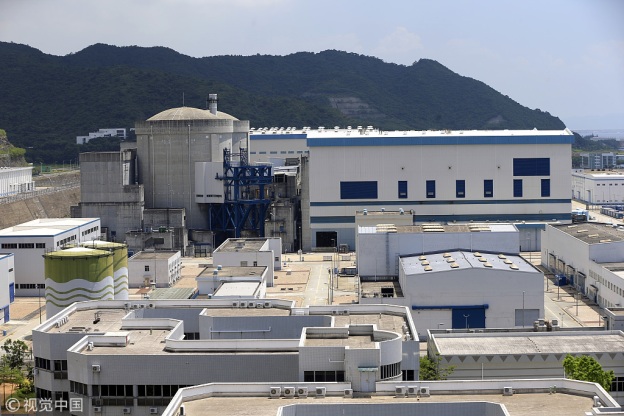A new page in the history of nuclear energy could be written this September 2021, in the middle of the Gobi Desert, in the north of China. At the end of August 2021, Beijing announced that it had completed the construction of its first thorium-fueled molten-salt nuclear reactor, with plans to begin the first tests of this alternative technology to current nuclear reactors within the next two weeks…
The Chinese reactor could be the first molten-salt reactor operating in the world since 1969, when the US abandoned its Oak Ridge National Laboratory facility in Tennessee. “Almost all current reactors use uranium as fuel and water, instead of molten salt and thorium,” which will be used in China’s new plant. These two “new” ingredients were not chosen by accident by Beijing: molten-salt reactors are among the most promising technologies for power plants
With molten-salt technology, “it is the salt itself that becomes the fuel”….The crystals are mixed with nuclear material – either uranium or thorium – heated to over 500°C to become liquid, and are then be able to transport the heat and energy produced. Theoretically, this process would make the installations safer. “Some accident risks are supposedly eliminated because liquid burning avoids situations where the nuclear reaction can get out of control and damage the reactor structures.”
There’s another advantage for China: this type of reactor does not need to be built near watercourses, since the molten salts themselves “serve as a coolant, unlike conventional uranium power plants that need huge amounts of water to cool their reactors”. As a result, the reactors can be installed in isolated and arid regions… like the Gobi Desert.
Thorium belongs to a famous family of rare-earth metals that are much more abundant in China than elsewhere; this is the icing on the cake for Chinese authorities, who could increase its energy independence from major uranium exporting countries, such as Canada and Australia, two countries whose diplomatic relations with China have collapsed in recent years.
According to supporters of thorium, it would also a “greener” solution. Unlike the uranium currently used in nuclear power plants, burning thorium does not create plutonium, a highly toxic chemical element…
Among the three main candidates for nuclear reaction – uranium 235, uranium 238 and thorium – the first is “the only isotope naturally fissile”, Sylvain David explained. The other two must be bombarded with neutrons for the material to become fissile (able to undergo nuclear fission) and be used by a reactor: a possible but more complex process. Once that is done on thorium, it produces uranium 233, the fissile material needed for nuclear power generation….”This is an isotope that does not exist in nature and that can be used to build an atomic bomb,” pointed out Francesco D’Auria.
Excerpts from Why China is developing a game-changing thorium-fueled nuclear reactor, France24, Sept. 12, 2021

